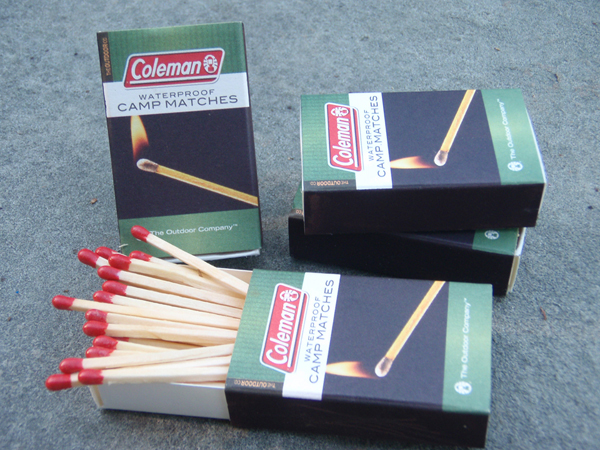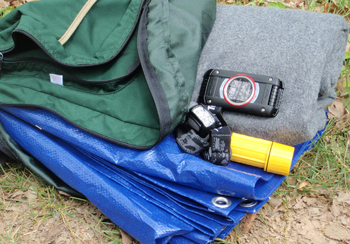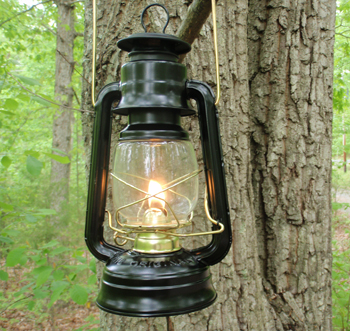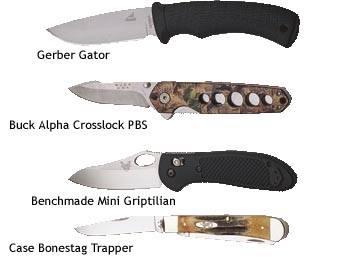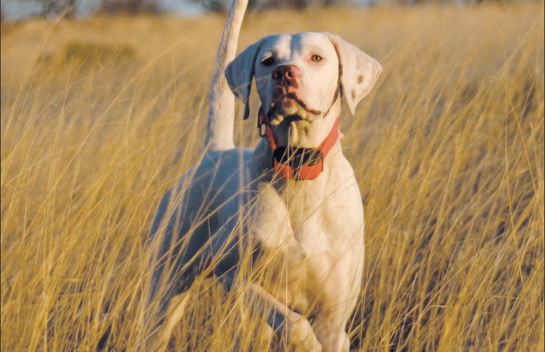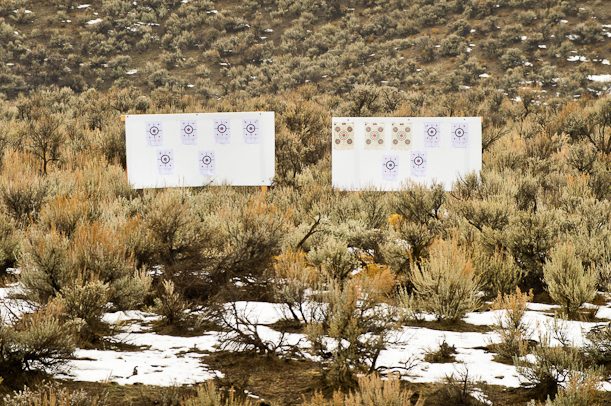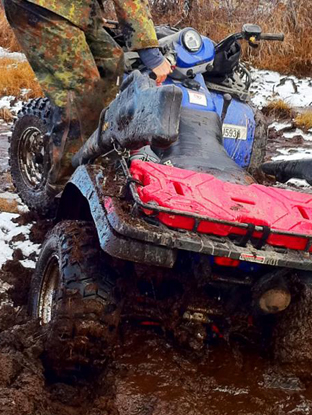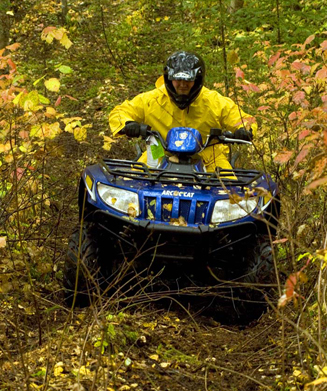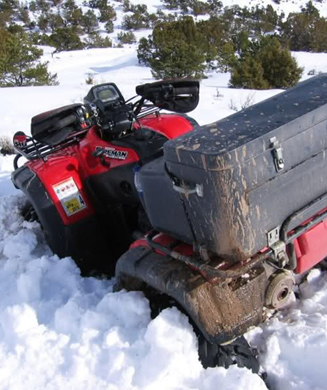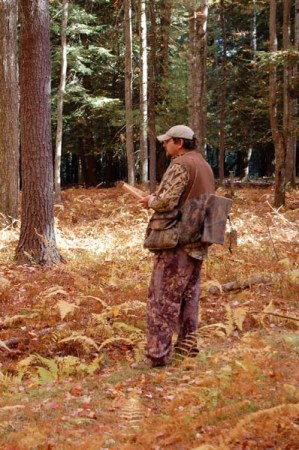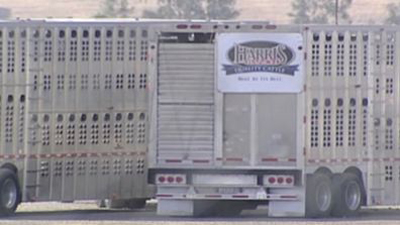We may earn revenue from the products available on this page and participate in affiliate programs. Learn More ›
In several recent survival classes, I have observed my students using the new Ultimate Knife from Gerber’s line of Bear Grylls equipment. I decided to run it through the paces myself to see how it operated for some typical survival chores, and here’s what I found out.
The Chopping Test
When I was first handled the Ultimate Knife, I was pleasantly surprised that it was lighter than I expected. But it was no lightweight when it came to chopping.
I started with a test that medium to large survival knives should be able to accomplish – chopping green wood and dead wood. A 2-inch diameter medium hardwood sapling under a little tension chopped cleanly through in 6 seconds for me, which is the speed you’d expect from a much larger, heavier knife.
A dead and dry medium hardwood branch at 2 inches in diameter took 13 seconds to cleave, but that was still a good time, as dry wood is harder to cut than greed wood, especially when cutting across the grain.
The Carving Test
Carving friction fire equipment and trap parts with a knife are the most important of my wood carving tasks in the woods. The serrated section of the blade can saw or carve material away quickly, and the straight section cleans up any roughness that the teeth leave behind. Can you carve tiny figurines with this knife? No, it’s too big for that. Can it carve a notch for a bow and drill fire set? Yes it can.
The Knife Features
I don’t know how many hours of R&D it took to make come up with this knife, but whatever the number, I’d say it was worth it. The full tang blade is just short of 5 inches in length, and is made from a 7Cr17MoV Stainless Steel with a waffle head hammer on the pommel. The drop point blade is half serrated, and the textured TacHide™ handle is absolutely tacky. There is a lanyard hole at the end of the handle, through which is tied a rope lanyard with an integrated emergency whistle. There is a square striker notch incorporated into back of knife blade to use with the spark rod that stows in the sheath.
Having done a fair bit of carpentry over the years, I really appreciated the waffle head design on the pommel hammer–just remember to keep it in the sheath when hammering. You don’t need the knife tip coming near your face while you are pounding a stake into the ground.
The Sheath Features
The nylon sheath is lightweight and mildew resistant. It holds the knife in place well, and the sheath features include a ferrocerium rod, which locks into sheath; a diamond sharpener; land-to-air rescue instructions printed on the back; and a weatherproof page of survival instructions tucked into a pocket.
The spark rod performed well. Personally, I like a bigger spark rod as it lasts much longer, but this is a good back-up. You should always carry lighters and matches for instant flame.
The diamond knife sharpener was a great feature, but I wish there was a file for sharpening the serrations.
Excellent Handle
I can’t get over the incredible grip on the knife’s ergonomic TacHide handle. It’s like somebody made a custom handle for me, and wiped it with pine tar.
The abundant and well-designed features of this knife really make it go above and beyond the average survival knife. The overall utility and usefulness of Gerber’s Bear Grylls Ultimate Knife make this one tool seem like a whole line of outdoor equipment. With an MSRP of just $60, this knife is a tremendous bargain, too.
